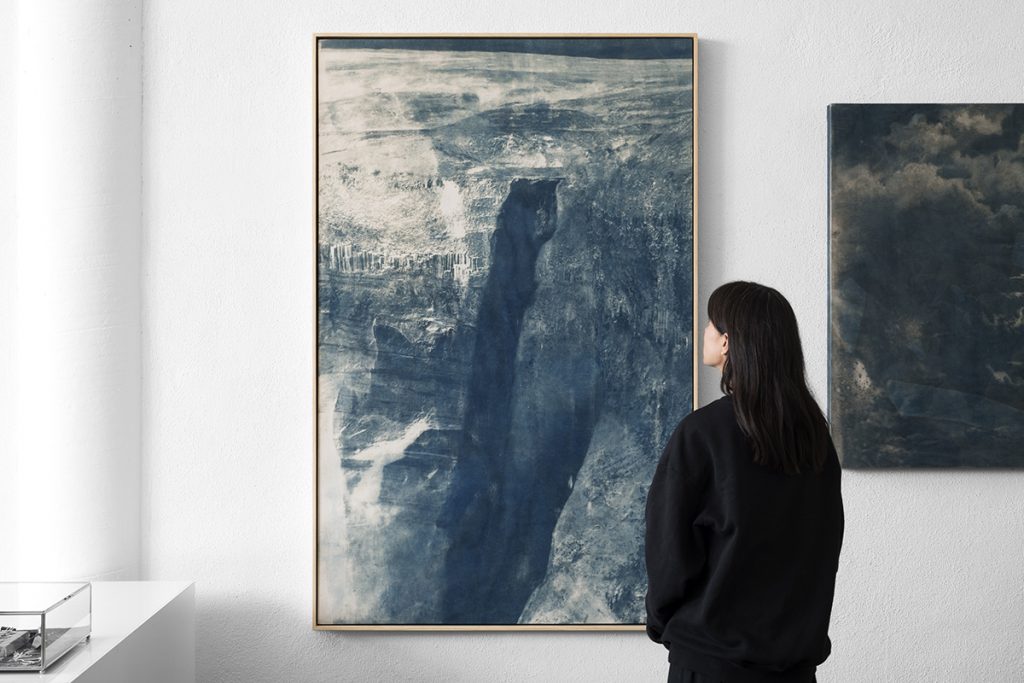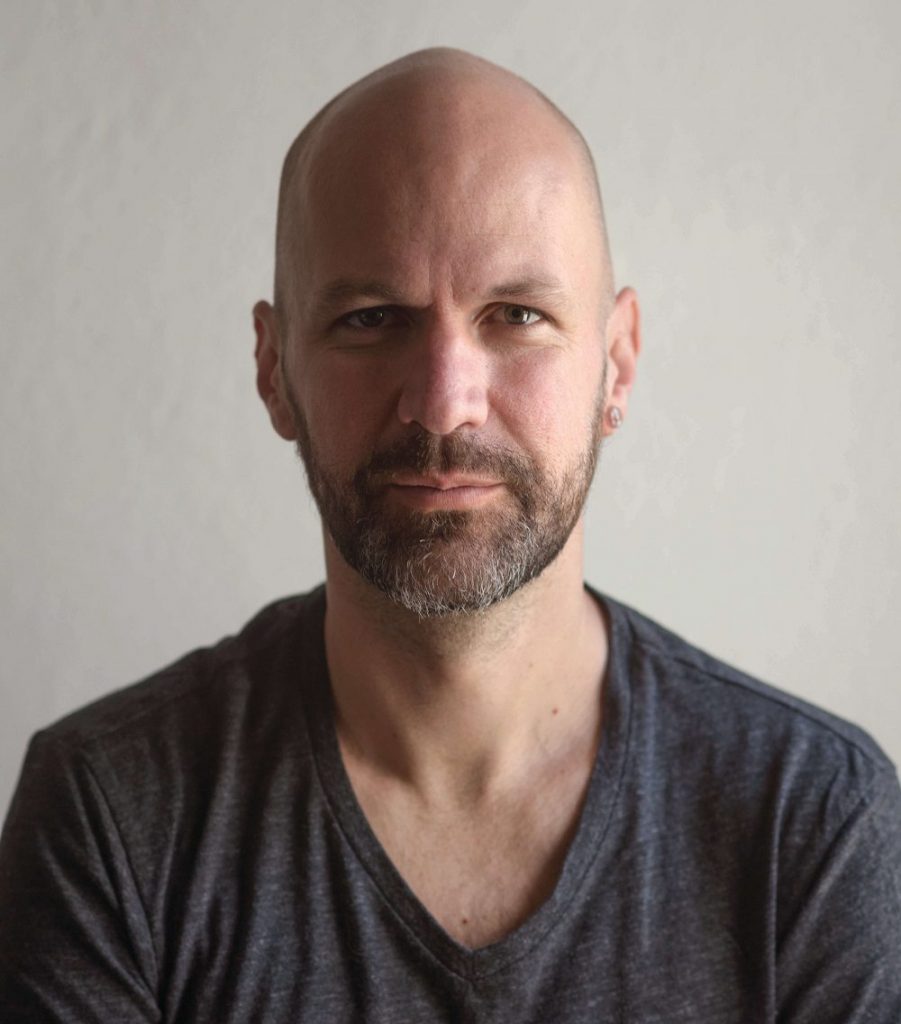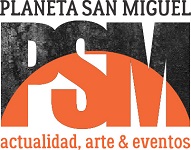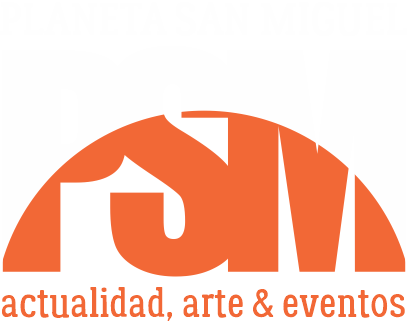Rodrigo Díaz Guerrero
At the beginning of 2023, alongside my friend Josemaría Moreno, we gave a talk titled “The Narrative Being”, whose premise was to recognize our narrative capacity as an element that we make use of to try to give sense to our existence. As far as we know, we are the only beings who tell each other the things that happen to us, just as they happen to us, as the Spanish philosopher Miguel Morey would say. When I saw the work of René Torres Escoto I inevitably returned to this reflection. In his camera, in his eye, there is that narrative recognition that gives meaning to our existence, from the most subtle to the most ostentatious levels. The photographic camera, indeed, is an artifact that freezes us at any moment in any context, and that is art in itself: a single moment can tell a story, or suggest to us the story that is not explicit, but that is assumed; and, to do this, you have to know how to look.
René Torres Escoto (1980) was born in Mexico City, he holds a degree in psychology from the Universidad Veracruzana, has completed various studies related to the visual arts, and is currently pursuing a master’s degree in Artistic Production at the Universidad Autónoma de Morelos. He has exhibited his work in cities such as Xalapa, Querétaro, San Miguel de Allende, CDMX, and Chicago; and has participated in collective exhibitions in Argentina, Colombia, Peru, Spain, and the United States. We sat with him and shared this conversation:

RDG: What are the virtues and scope of photography in terms of art?
RTE: When photography was born, it freed painting from the responsibility of “reproducing reality” and painters took advantage of this new found freedom to break all of the rules through many “isms.” Sometimes I think that video freed photography, and photographers finally began to explore the medium. However, reproducibility, dependence on technology, and the popularization of photography through digital devices are factors that continue to weigh in when it comes to comparing it in the market with other media such as painting or sculpture. But as for the future of image creation, I believe that when chemical photography stops fighting with digital photography, with artificial intelligence, and even with other media, the borders between techniques and disciplines will be erased and all possibilities will be understood as complementary tools. At that point what will become relevant will be the content, and the technique or techniques chosen will be directly linked to it.
RDG: Was there any particular epiphany that pushed you to jump from psychology to photography?
RTE: I was a photographer before I was a psychologist, I just forgot about it for a few years. Later I discovered that photography and psychology are best friends.
RDG: There are many ways to define and approach art, but one that seems undeniable to me is its function as a medium or vehicle for exploration. An artist is moved, reflects, and provokes with his work. What does René Torres explore, what does he intend to find through his artistic practice?
RTE: My driving force is banality. Above all, I like to work on projects that if left undone or unrealized, nothing really happens. I work with the invisible (which is a challenge from the standpoint of photography). Now, more than photography, I am attracted to photosensitivity, the idea of working with matter that records time and what happens to it when it reacts to light. Everyone and everything is photosensitive, and we are all affected by light, we react to it, from the park bench that becomes dull after time to our skin under the sun on the beach. This idea allows me to work with “photographic matter”, though without the immediate need to use technology. A sunburned man can be the living photograph of your holidays. I work with that premise for now.












